Insulin Transferrin Selenium
Introduction to insulin transferrin selenium
Insulin, transferrin, and selenium are three critical components that play significant roles in human health. Insulin regulates blood glucose levels, transferrin is a key protein for transporting iron, and selenium is an essential trace mineral that supports various bodily functions. Together, these elements can influence metabolic processes, immune function, and overall well-being. This article will explore their individual roles, potential health benefits, recommended dosages, side effects, and how to effectively incorporate them into your health regimen.
Various Doses of Insulin(insulin transferrin selenium)
Insulin is available in various formulations and concentrations, tailored to individual needs. The most common types include:
Rapid-acting insulin (e.g., Lispro, Aspart): Typically prescribed in doses ranging from 0.5 to 1 unit per kilogram of body weight, used to manage blood sugar spikes post-meal.
Short-acting insulin (e.g., Regular): Similar dosing as rapid-acting but with a slightly slower onset.
Intermediate-acting insulin (e.g., NPH): Generally dosed at 0.4 to 0.6 units per kilogram, effective for controlling blood sugar overnight.
Long-acting insulin (e.g., Glargine, Detemir): Prescribed at doses similar to intermediate-acting insulin, providing a steady release of insulin over 24 hours.
Individual dosing should always be determined by a healthcare provider based on specific medical needs and blood glucose monitoring.
How to Take Insulin, Transferrin, and Selenium(insulin transferrin selenium)
Insulin
Insulin is typically administered via subcutaneous injection or an insulin pump. Patients should follow these general guidelines:
Injection Site: Rotate injection sites to prevent tissue damage.
Timing: Administer according to meal times, especially for rapid-acting types.
Monitoring: Regularly check blood glucose levels to adjust dosages as needed.
Transferrin
Transferrin is not typically taken as a supplement but is produced by the body. To support transferrin levels, focus on:
Eating iron-rich foods (e.g., red meat, beans, spinach).
Ensuring adequate vitamin C intake to improve iron absorption.
Selenium
Selenium supplements are available in various forms, including selenomethionine and sodium selenite. The recommended dietary allowance (RDA) for selenium is 55 mcg per day for adults. It can be taken as:
Capsules or Tablets: Follow the dosage instructions on the label or as advised by a healthcare provider.
Food Sources: Incorporate selenium-rich foods like Brazil nuts, seafood, and whole grains into your diet.
Side Effects of Insulin, Transferrin, and Selenium
Common Side Effects
Insulin: Hypoglycemia (low blood sugar), weight gain, skin reactions at injection sites.
Transferrin: Generally, there are no side effects from transferrin itself, but low iron levels can lead to anemia.
Selenium: High doses may cause selenosis, leading to symptoms such as gastrointestinal upset, hair loss, and fatigue.
How to Combat Side Effects
For Insulin: Monitor blood sugar levels closely, eat balanced meals, and keep fast-acting glucose on hand.
For Transferrin: Maintain a balanced diet rich in iron and consult a healthcare provider if experiencing symptoms of anemia.
For Selenium: Stick to recommended dosages and avoid excessive intake to prevent toxicity.
Conclusion(insulin transferrin selenium)
Insulin, transferrin, and selenium are vital components of a healthy metabolism and overall well-being. Understanding their roles, dosing, and potential side effects can empower individuals to make informed health decisions. Always consult with a healthcare professional before starting any new supplement or medication to ensure safety and efficacy.

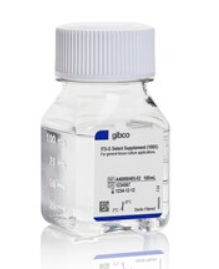
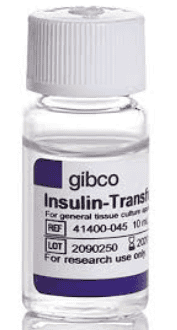
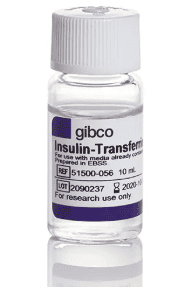
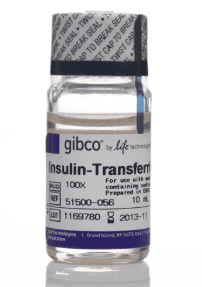
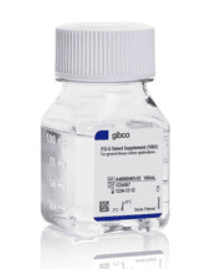
Reviews
There are no reviews yet.